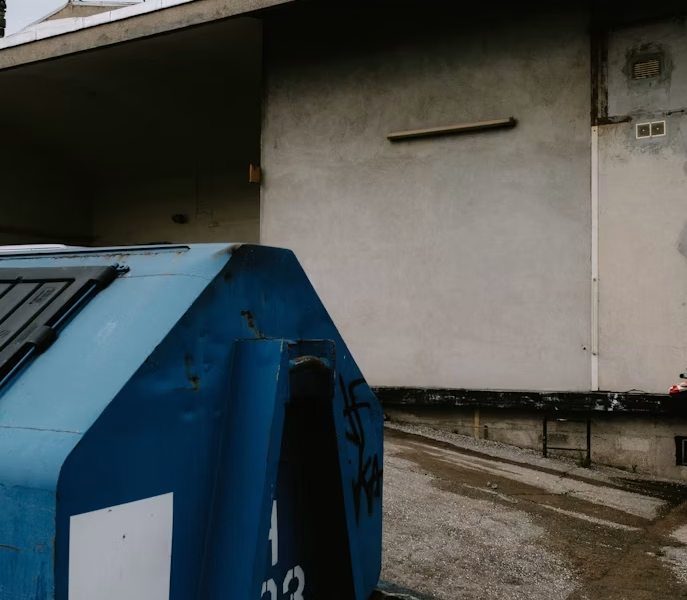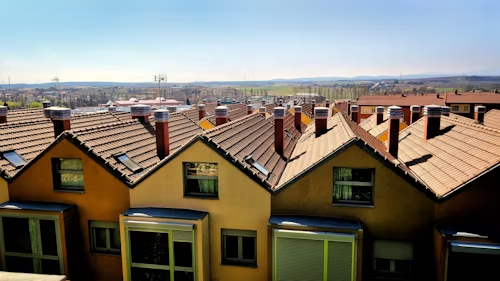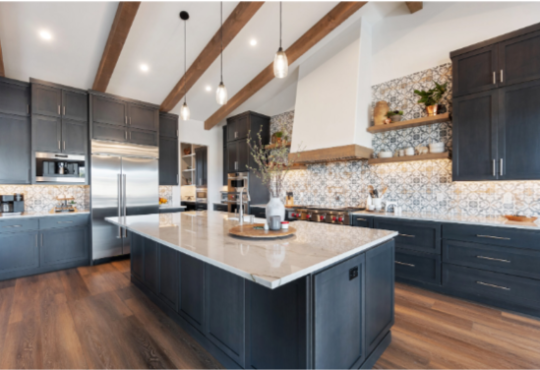
The Real Cost of Dumpster Rental: A Clear, No-Surprises Guide
If you’re planning a cleanout or remodel, you’re probably asking about the cost of dumpster rental and how to keep the bill predictable. Junk Rescue AZ rents and manages containers every day, and in this guide, we’ll walk you through the exact factors that influence pricing, common ranges by size, and simple ways to avoid add-ons, so you can budget with confidence and finish on schedule.
What actually makes up the price
Dumpster pricing isn’t random. It’s built from a few predictable parts that vary by market and project:
- Container size (cubic yards). Larger bins carry a higher base rate but usually a lower cost per cubic yard. Popular residential sizes are 10, 15, and 20 yards; some projects call for 30 or 40 yards.
- Included weight (tonnage allowance). Every rental includes a set weight. If the load surpasses that allowance, landfill overage fees apply based on the scale ticket.
- Debris type. Household junk is light; roofing, tile, plaster, dirt, and concrete are dense. With heavy material, weight (not volume) becomes the constraint.
- Rental window. Five to seven days is common for short-term jobs; extra days are available for a daily fee.
- Haul distance & disposal fees. Local transportation time and your region’s landfill rates are baked into the base price.
- Placement & permits. Driveways rarely need permits; street placement may require one and can add a small fee.
- Availability & timing. Peak seasons and rush requests can influence rates and delivery windows.
Typical price ranges by size (what most people see)
Exact numbers differ by city and landfill rates, but here’s how costs often shake out for standard, short-term residential rentals:
- 10-yard: commonly mid-$300s to mid-$500s
- 15-yard: commonly $400s to $600s
- 20-yard: commonly $500s to $800s+ (heavier projects or longer windows land on the higher end)
Think of these as planning ranges. Your specific quote will reflect the tonnage allowance, time on site, and the material mix you expect to load.
Size guide (so you don’t overpay)
Picking the right size is the fastest way to keep costs steady:
- 10-yard (≈ 3 pickup loads): Small bath or kitchen refresh, tight garage cleanouts, light roofing on a modest home. Compact footprint; easier placement.
- 15-yard (≈ 4–5 pickup loads): Multi-room decluttering, medium remodels, small deck removal. Great middle ground.
- 20-yard (≈ 6–8 pickup loads): Whole-home purge, larger renovations, bulky furniture, moderate roofing. Most popular for residential.
- 30-/40-yard: Larger remodels, estate cleanouts, commercial or contractor jobs with steady debris.
Rule of thumb: if your pile will clearly overflow the smaller size, stepping up one size is usually cheaper than paying for a second haul plus downtime.
Weight matters as much as volume
Two containers can look equally full but weigh very differently. Landfills charge by weight, so we pay special attention to:
- Dense debris: shingles, tile, plaster, brick, dirt, and concrete. These reach weight limits quickly even if space remains.
- Mixed household items: furniture, clothing, packaging, bulky but lighter. Here, volume drives the choice more than weight.
- Segregation: Keeping heavy materials separate (or planning a dedicated heavy-material bin) often costs less than mixing everything into one container.
Real-world scenarios (and what they imply for cost)
Use these snapshots to set expectations and pick a size that fits your budget:
- Single bathroom remodel (tub, tile, vanity, drywall).
A 10-yard usually handles one bath. Tile adds weight, so we plan the allowance accordingly. - Kitchen refresh (cabinets, counters, flooring).
A 15-yard is a smart middle ground. If you’re removing stone counters, mention it so the tonnage reflects reality. - Roof tear-off.
Shingles are dense. Volume-wise, a 10 or 15-yard can work; weight is the driver. We estimate using roof squares and layers. - Whole-home purge.
For mixed household items and furniture, a 20-yard minimizes the risk of a second haul. - Yard cleanup.
Branches and shrubs are bulky but light; 10–15-yard bins usually make sense. Dirt and rock require a weight plan.
How to get a precise quote in one call
You can avoid back-and-forth by having the following ready:
- Project type & dates: Remodel, move-out, roof; preferred delivery and pickup windows.
- Material mix: Call out any heavy items (tile, shingles, dirt, concrete).
- Pile estimate: Photos or an estimate in “pickup loads” helps right-size the bin.
- Placement: Driveway vs. street (plus any HOA notes).
- Timing needs: Any inspections or deadlines that might require a mid-week swap.
With those details, we can match size to debris, set a realistic allowance, and give you a clean, all-in number.
Avoidable add-ons (and how to sidestep them)
No one likes line-item surprises. Here’s what typically causes them, plus simple workarounds:
- Overweight fees: The scale ticket is definitive. We’ll estimate in advance and recommend either a larger allowance or a dedicated heavy-material bin if you’re close to the limit.
- Over-the-rim loads: For safety, debris must sit level with the top. Using the back door and loading in layers keeps the profile even.
- Prohibited items: Paints, solvents, batteries, tires, and appliances with refrigerant have special rules. Ask for safe alternatives before tossing.
- Extra days: If the project might stretch, schedule an extension or a swap early to avoid day-of scrambling.
- Contamination: Mixing certain materials can add sorting fees. Segregation is the budget-friendly move.
Placement: driveway, alley, or street
A two-minute site check keeps delivery smooth and avoids reposition fees:
- Approach path: Clear a straight approach for the truck to set the container safely.
- Overhead clearance: Watch low branches, balconies, and power lines.
- Surface protection: Boards beneath the rails help on new asphalt, pavers, or decorative concrete.
- Permits & HOAs: Street placement may require a permit; HOAs sometimes have time or visibility rules. We’ll flag requirements before delivery.
Timeline tips that protect your budget
Most short-term rentals include 5–7 days. To keep the schedule and cost on track:
- Stage debris before delivery so you use the window well.
- Book pickup at delivery to avoid extra days.
- Use swaps strategically when crews are moving fast; an on-time swap can be cheaper than a huge container you only half fill.
Dumpster vs. full-service junk removal (which costs less?)
Both options get debris off your property, but the better value depends on your situation:
- Dumpster rental fits projects that unfold over several days: remodels, phased cleanouts, or jobs where decisions take time. You control the pace and typically pay less than multiple labor visits.
- Junk removal service is convenient for single-day pickups, heavy items you don’t want to carry, or tight spaces where loading is tough. Labor is included, but multiple rounds can add up.
If you’re torn, ask for both prices. The break-even often hinges on how many labor hours you’d otherwise need.
A simple pre-booking checklist
- Scope and dates confirmed
- Photos or a pickup-load estimate ready
- Heavy materials identified (shingles, tile, concrete, dirt)
- Driveway vs. street placement chosen (permit checked if needed)
- HOA rules reviewed
- Plan for prohibited items confirmed
Frequently asked questions about cost
Do I need to be home for delivery?
Not always. If the drop spot is marked and paid, we can deliver curbside/driveway and text photo confirmation.
What if I fill the bin early?
Request a swap. We’ll remove the full container and set a fresh one so work continues without delay.
Can I move the dumpster after placement?
Please don’t. Towing or pushing can damage surfaces and the container; call us if you need a reposition.
How soon can you deliver?
Next-day is common; busy seasons book quickly. Early calls get the best windows.
When people ask about the cost of dumpster rental, the most honest answer is that it depends on size, weight, time, and debris type, and that a transparent quote turns “it depends” into a clear number you can plan around. Junk Rescue AZ will match the right container to your project, set the correct allowance, and schedule delivery and pickup to keep your timeline and your budget on track.




